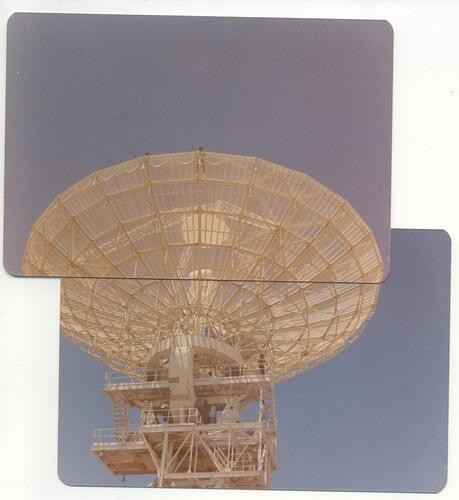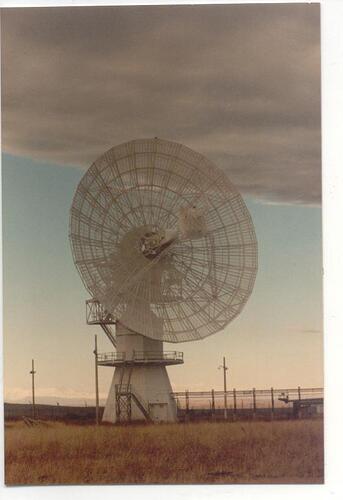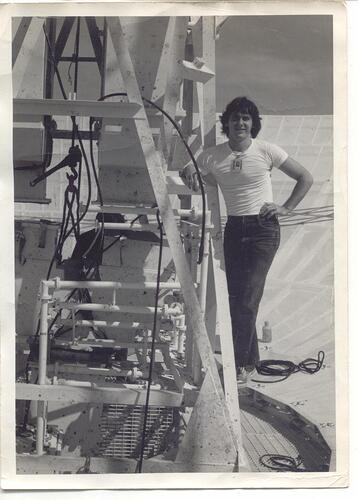Hi there,
SO use Caution,
The TinySA is a low-cost spectrum analyzer. You can use it to get a rough estimate of LoRa output power: I have it’s cousin the tiny oscilloscope ![]()
- DO NOT connect the antenna output of Wio-SX1262 directly to TinySA — the module can put out +22 dBm (≈ 160 mW) while TinySA’s safe input limit is much lower (~+10 dBm without attenuator).
- You must use an external attenuator (30–40 dB fixed attenuator recommended) between the module and the TinySA input.
- Connect via coax from the Wio-SX1262 RF output (through attenuator) to TinySA.
Since LoRa signals are spread-spectrum, on a TinySA they appear as a wide “hump” rather than a sharp spike. To generate test signals:
- Easiest: Write a small sketch that makes the SX1262 send a long continuous packet or a continuous wave (CW).
- Continuous Wave Test (CW): Many SX126x libraries include a
setTxContinuousWave(freq, power, timeout)function for RF testing. That produces a pure carrier tone at the chosen frequency, easy to measure on TinySA.
Example (Arduino-RadioLib):
radio.setTxContinuousWave(915.0, 22, 0); // 915 MHz, 22 dBm, no timeout
If CW mode isn’t available, send continuous packets at low data rate — the analyzer will still show a wide signal “hump”.
- There’s no “AT command” on the Wio-SX1262 board itself — you need to run firmware that tells the SX1262 to TX continuously.
- Use
setTxContinuousWaveor equivalent in Arduino RadioLib / Seeed LoRaWAN library. - Insert a 30–40 dB attenuator before feeding into TinySA.
- Tune TinySA to the LoRa frequency, measure peak power, and adjust for the attenuator.
You could also go the SDR route, an SDR (software-defined radio) can be another good way to observe and roughly measure LoRa TX output from a Wio-SX1262.
SDR vs TinySA
- TinySA is a spectrum analyzer → it gives you calibrated RF power readings (with an attenuator), but limited resolution bandwidth and accuracy.
- SDR dongles (RTL-SDR, HackRF, LimeSDR, USRP, etc.) → they’re primarily for reception/analysis, not calibrated for power. They let you see the waveform shape and bandwidth but power levels are only approximate unless you calibrate with a known reference signal.
So:
- TinySA → better for dBm measurements.
- SDR → better for signal visualization, bandwidth, modulation, and spectrum occupancy.
2. What You’ll See on SDR
- A LoRa packet will show up as a wide “chirped hump” about 125–500 kHz wide depending on spreading factor and bandwidth.
- With GNU Radio, SDR# (Windows), or CubicSDR you can clearly see bursts when the Wio-SX1262 transmits.
- If you enable continuous wave (CW test mode), you’ll see a narrow spike at the TX frequency (much like a normal carrier).
3. How to Measure with SDR
- Don’t connect directly — just use an antenna on the SDR near your Wio-SX1262 antenna, or couple through a very high attenuator if you want direct coax.
- SDR front-ends are sensitive (can be damaged above ~0 dBm).
- You can approximate TX power by comparing the LoRa signal strength against a known source (calibrated signal generator or a reference beacon at known power/distance).
- Some SDRs (HackRF, LimeSDR) have a “power detector” mode but still less accurate than a TinySA.
The work flow is the same you can see by the AI recount of using an SDR. It is an interesting topic, takes specific hardware to do it ![]()
But you can get Dam close… ![]()
Hope that helps motivate you to the next level and please post up any results or finding you discover.
GL ![]() PJ
PJ ![]()
not like measuring the POWER of this BABY
first pick (wineglass position ) I’m in two places at once ZOOM… LOL
Feed horns were as big as me, I could crawl inside the Waveguide… ![]()


